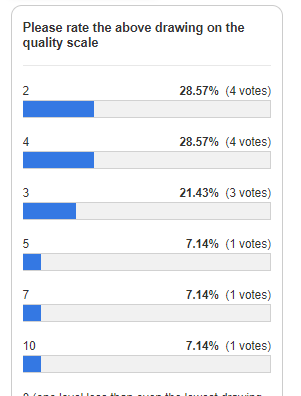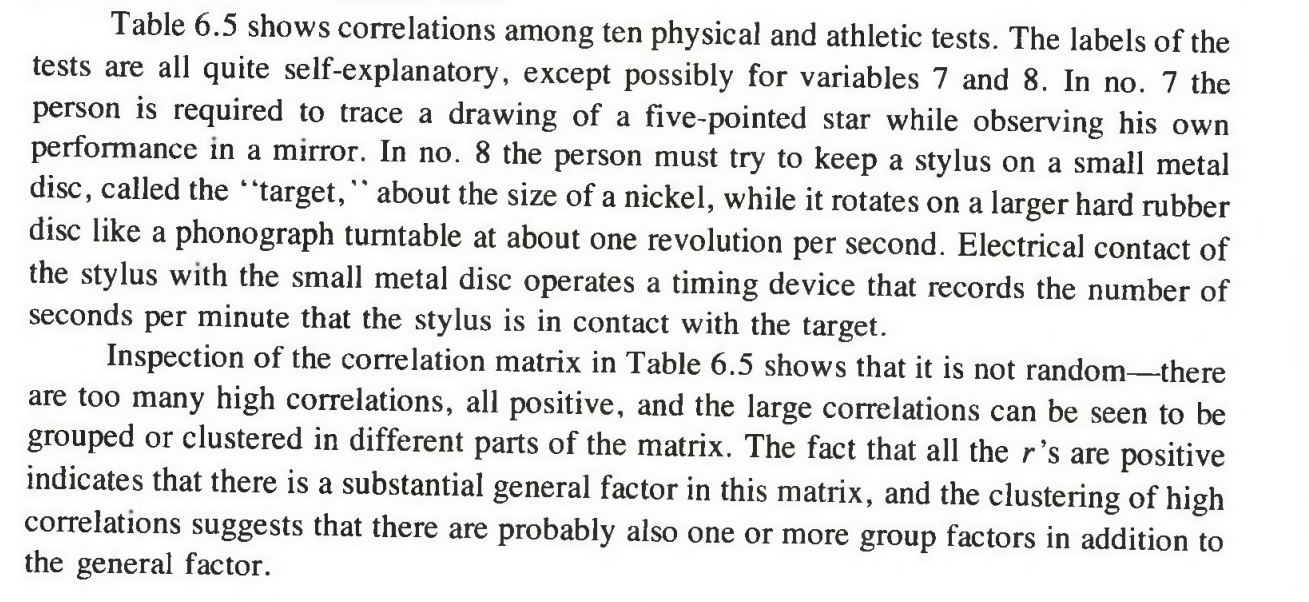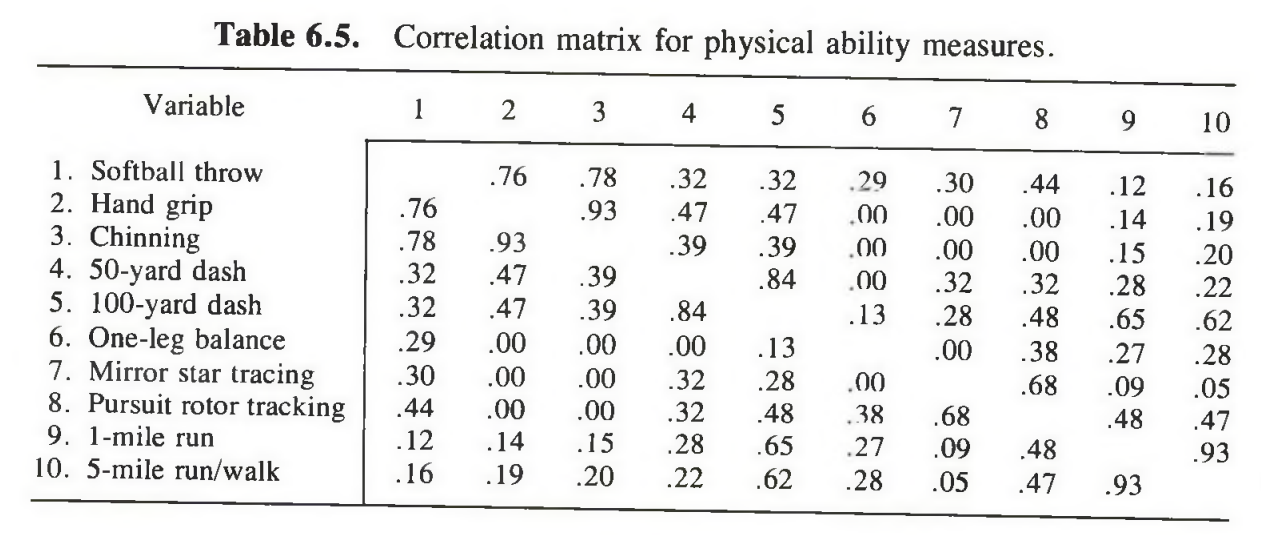Howard Gardner argued that there was not one, but seven different intelligences. Each one can be exemplified by a historical Genius who changed the trajectory of history:
Logical Mathematical

Newton, revolutionized math, physics and astronomy
Verbal

Shakespeare: Wrote beautiful things
Spatial

Wright Brothers: Turned humanity into a flying species
Social

Oprah: Led millions of sexual abuse survivors to recovery, mainstreamed discussion of taboo topics like gays, got millions of couch potatoes to read literature, and put a black family in the White House
Intrapersonal

Buddha: helped us find inner peace
Musical

Mozart: created the world’s greatest music
Bodily-kinesthetic

Bruce Lee: despite being short and slim and coming from a population with slower movement speed, was able to physically defeat anyone on Earth.
One intelligence or many?
If there are seven different intelligences, why do IQ tests mostly just measure the first three (or four) with some only measuring the first?
As my high school Chemistry teacher told me so many years ago, “when you talk about intelligence, there are so many different parts to it…if you want a single umbrella to cover all of intelligence” (stretching out his arms to convey the vastness of it, “then it’s the ability to adapt: to take whatever situation you’re in, and turn it around to your advantage. That’s really what intelligence is”
Those words are burned into my brain.
So it’s mostly the first half of these intelligences (logical, verbal, spatial and perhaps social) that have helped us adapt as a species and turned the World to our advantage. Without the logical ability to create science, the spatial ability to create technological and the verbal/socal ability to communicate, we’d still be in the stone age. The other intelligences are useful, but perhaps not as much as the first three or four, so it’s not surprising that the Wechsler IQ tests have empathized logical-mathematical ability (Arithmetic, Matrix Reasoning, Figure Weights), verbal ability (Vocabulary, Similarities), spatial ability (Block Design, Object Assembly) , social understanding (Comprehension, Picture Arrangement). Only one subtest measures bodily-kinesththetic (Digit-Symbol), and none have ever measured intrapersonal or musical talents.
And notice that the most useful abilities seem to load most on the general factor of all cognitive abilities known as g. Perhaps g is simply how much of the brain an ability uses, and the abilities using more of the brain must have been useful or expensive brain mass would not have evolved to support them.
And the most g loaded ability of all is abstract reasoning and that’s also the most adaptable because the abstract transcends the specific context and allows you to solve a problem in universal form. Knowing one apple plus one apple equal two apples allows you to thrive in the orchard. but knowing x + y = z allowed us to leave our African Garden of Eden and reach for the starts.
If you’re good at math, then you are good at logic, and it you’re good at logic, you can be good at almost everything, because the universe is intrinsically logical.


































